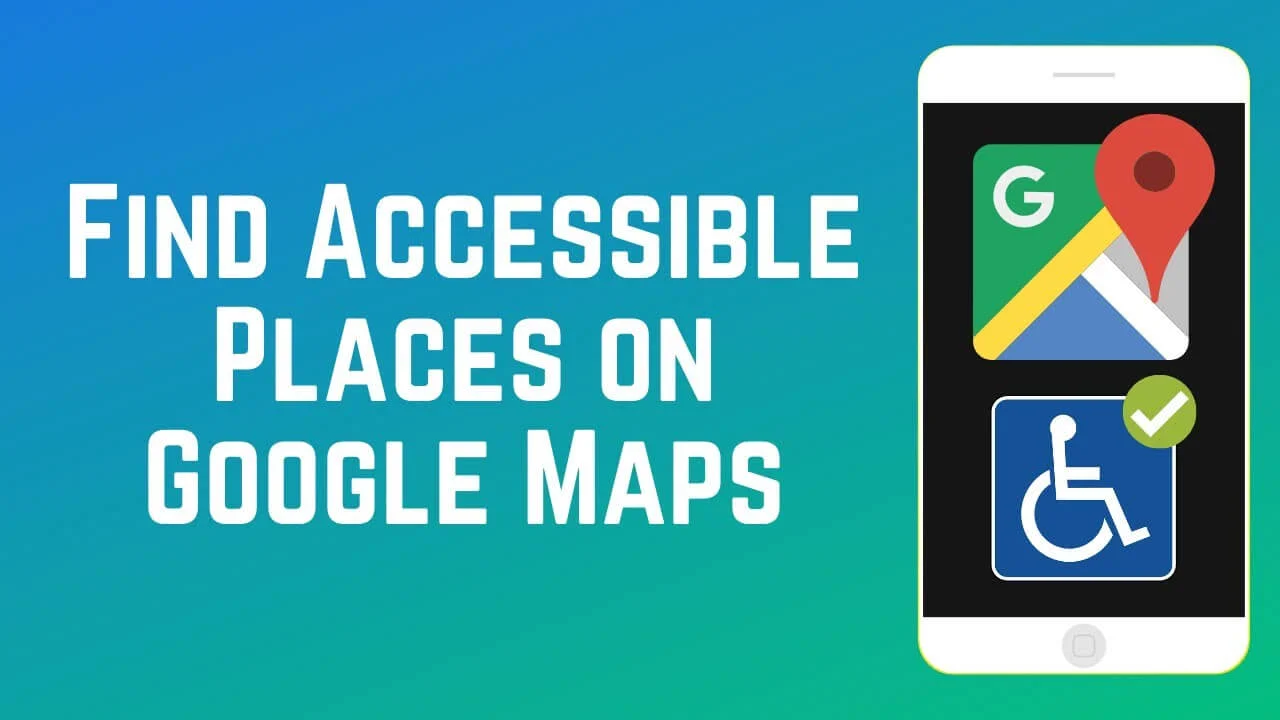It’s no secret that, historically, tech giants like Google have somewhat dragged their feet when it comes to aiding those with physical disabilities. Considering an estimated 130 million people worldwide rely on wheelchairs, this oversight was quite the blunder.
Fortunately, this seems to be a thing of the past for Google. Their recent efforts in enhancing wheelchair accessibility, particularly through Google Maps, are both admirable and considerable.
Here’s a breakdown of how these initiatives benefit wheelchair users and contribute to overall accessibility:
Wheelchair-Accessible Walking Routes: This feature in Google Maps provides walking routes that are suitable for wheelchair users, avoiding obstacles like stairs and prioritising accessible paths. Now, Google isn’t perfect and can sometimes use erroneous or outdated data. There have been instances of excessive length routes and routes that now have obstacles which were not there previously, but Google is not listing these routes in “real-time”. That said, it is a big move in the right direction for a wheelchair user to be able to plan routes suitable for their disability.
Accessible Places Setting: Users can activate this setting in their Google Maps app, making wheelchair accessibility information more visible. This includes details about accessible entrances, seating, toilets and parking. This has been around for a while, and although not displayed prominently, the information is there.
Global Coverage: Google Maps offers accessibility information by default for over 40 million places worldwide, including essential and popular locations such as public transport stops, pubs, and restaurants.
Introduction of the Accessible Places Feature in 2020: This was a significant update where users can now opt-in to easily spot places with wheelchair-accessible entrances marked with a wheelchair icon.
Stair-Free Routes Globally: Available on both iOS and Android, this feature helps not only wheelchair users but also those with other mobility needs by providing stair-free walking routes.
Additionally, in Google Business Profile:
Disabled-Owned Business Identification: Businesses can now self-identify as disabled-owned. This feature not only provides essential information to customers but also promotes the visibility and support of the disabled community.
Wheelchair-Accessible Information on Business Pages: Pages on Google Maps and Google Business Profile now include details about wheelchair accessibility, which is crucial for disabled users in planning visits or travel.
The development and continuous improvement of these features show Google’s commitment to inclusivity and accessibility. It’s a significant step towards recognising and addressing the challenges faced by people with disabilities, especially those who use wheelchairs. However, as with all tech advancements, there is always room for further improvement and innovation to meet the diverse needs of all users.
A Critical Eye on Google’s Efforts
While Google’s commitment to inclusivity is commendable, there’s still a long road ahead. Here are a couple of sticking points:
Data Accuracy and Timeliness: Google’s reliance on non-real-time data can lead to out-dated or incorrect information. Users might find themselves at a dead end, quite literally, if recent changes to the landscape aren’t promptly reflected.
User Dependency: The accuracy and comprehensiveness of Google’s accessibility information heavily rely on user contributions. This dependency means some locations might be underrepresented, especially in less tech-savvy or lower-traffic areas.
In Conclusion: A Step Forward, Yet Miles to Go
In essence, Google is doing an excellent job of enhancing accessibility through its Maps and Business services. It’s a significant stride towards embracing the challenges faced by wheelchair users. Nevertheless, for Google’s tech to be a true game-changer, on-going refinement, real-time updates, and broader user engagement are crucial. It’s a promising start, but there’s ample room for Google to up its game and truly revolutionise accessibility for all.
Author

Mac McCarthy has been involved in the digital marketing field for over 20 years, having worked with the Jeeves, Alta Vista and Yahoo search engines in the early 90s through to the modern current day Google and Bing platforms.
View all posts
A keen follower of search engine algorithm updates and trends, he works and advises on digital strategies for a variety on SME’s and more recently the World Wildlife Fund, the single largest animal welfare charity in the world.
Qualifications include Google Advanced Analytics, Google Ads, Google Search and the Google Partnership Program.












